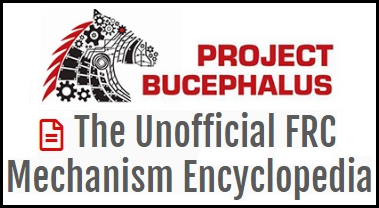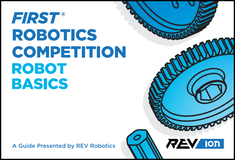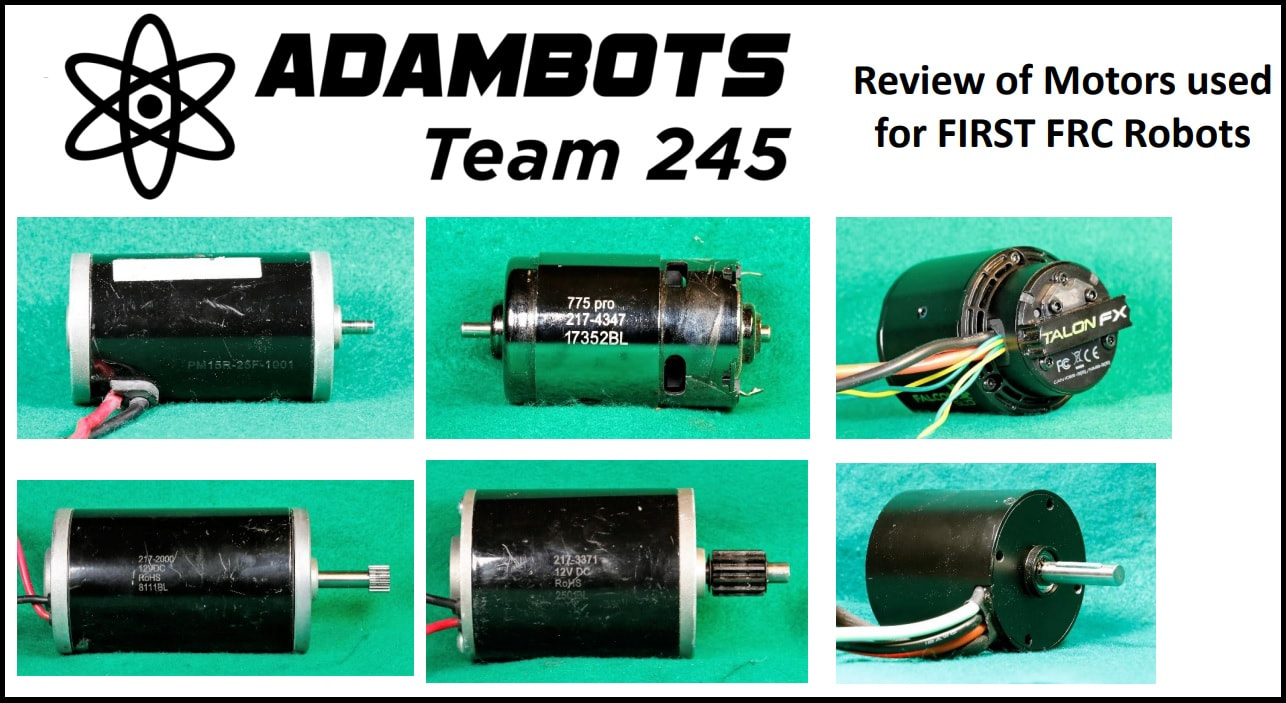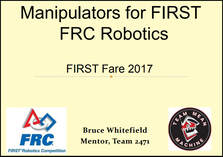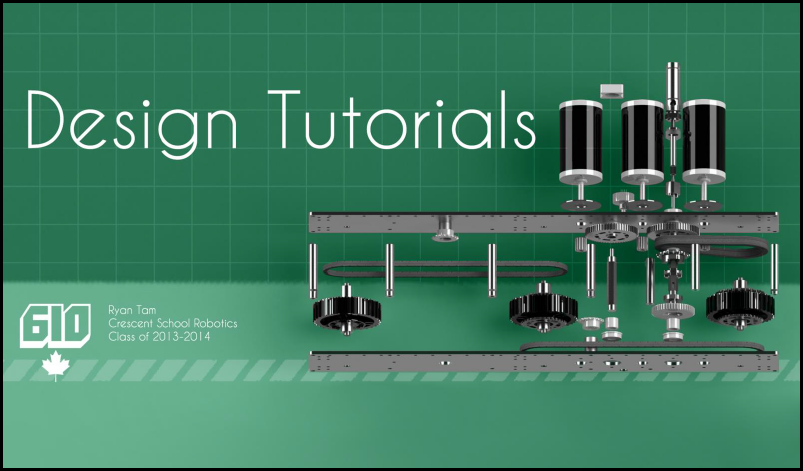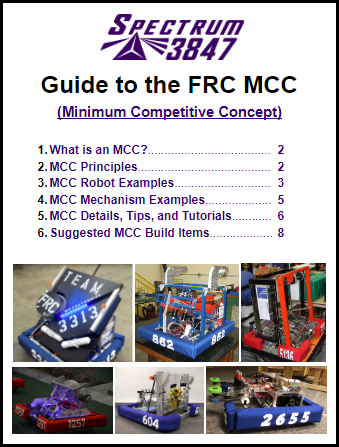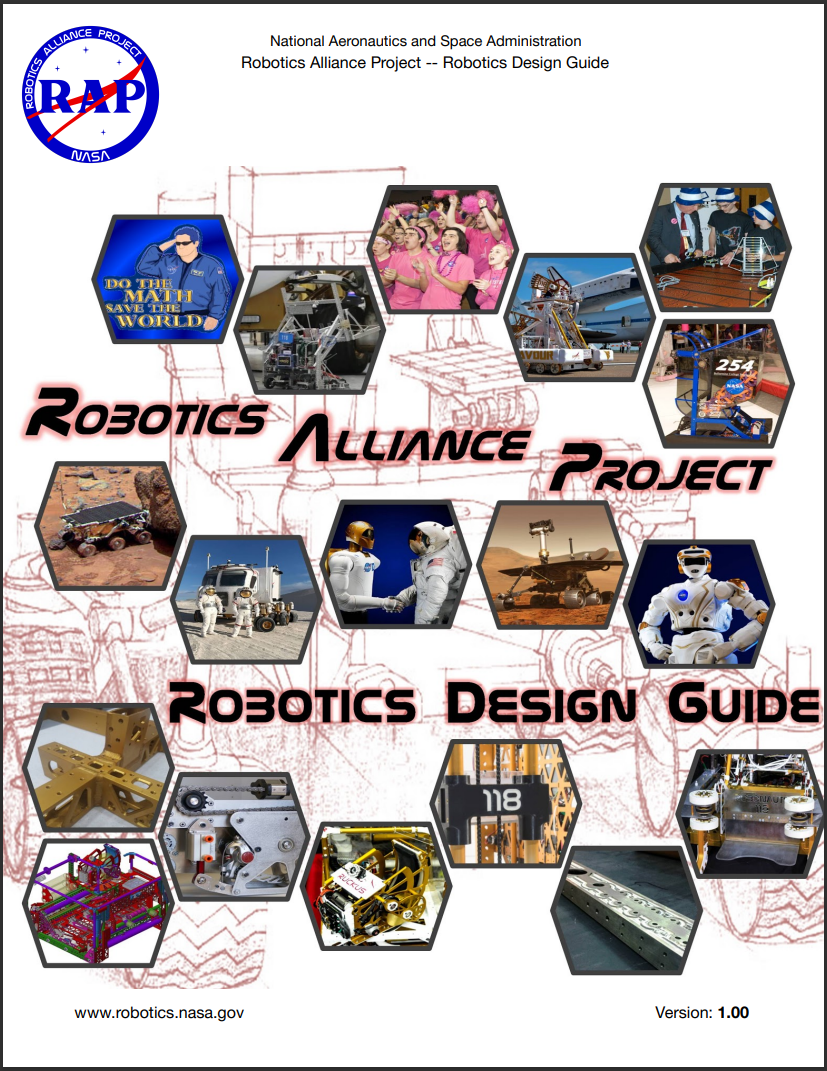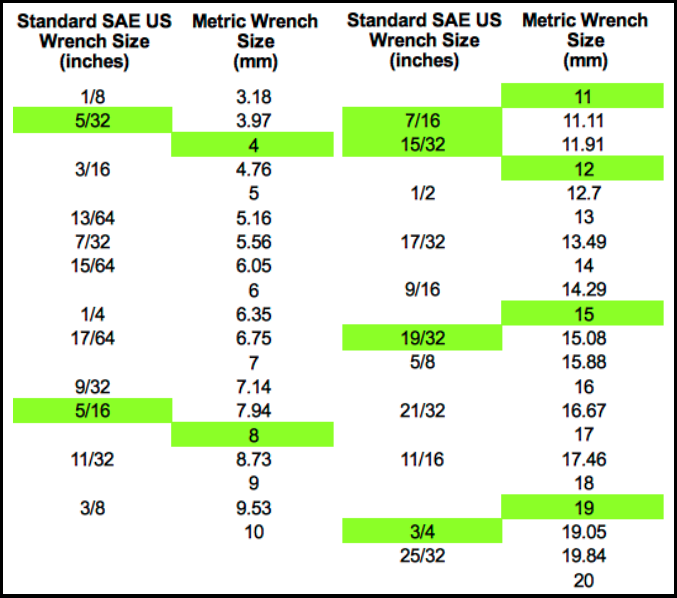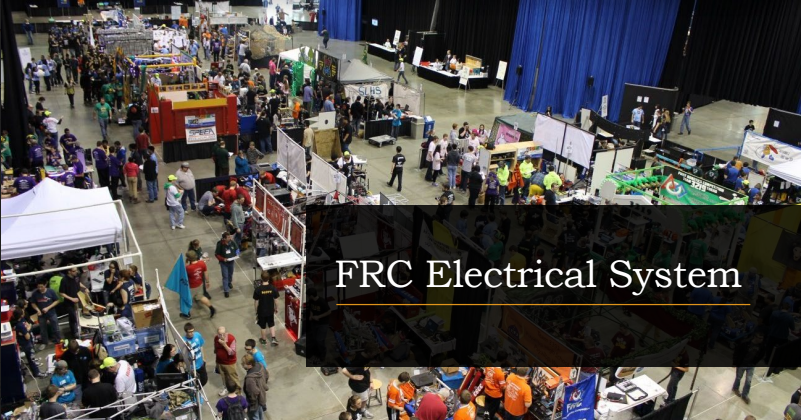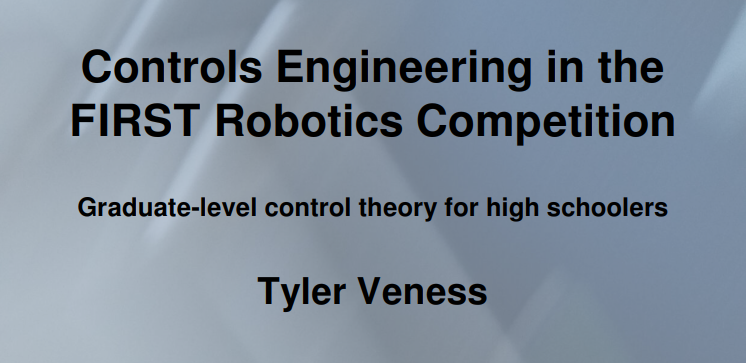Year-Round Schedule
|
January to December
September to December September:
|
January to August
January to March:
|
Recommended Repositories of General Resources
Students' Roles and Responsibilities
|
Membership
|
Captainship / Lead of Sub-team
|
Adults (teachers, industry mentors, parent volunteers) are requested please to help supervise, organize, and mentor students. Please contact PinkTitansCA [at] gmail [dot] com to ask any questions and inquiry of possibilities. Please click here for information on mentoring.
Strategy and Scouting
- Excellent knowledge and understanding of game rules (avail. on Day 1 - mid-late April for VEX, usually first Sat. of Jan. for FIRST):
- Planning of how robot can best play game within team's limitations (e.g. resources, time, experiences, participant numbers).
- Offer guidance to Design and Build team, ensuring that robot plays game efficiently (maximize accumulation of points) and adheres to all rules.
- Coach drivers and devise strategies for new alliances during tournament play.
- Knowledge of abilities of robot (own and robots of other teams at tournament):
- Collect performance data of robots of other teams by observing and talking to other teams
- Collaborate with Driving subteam:
- Analyse performance data of all robots, establish order of picking teams in forming alliances for play in play-off rounds
- Share with scouts (of other teams) attributes of robot in preparation of forming alliances
- Important note: ALL members of the team (i.e. not just Strategists and Scouts) are required to know and understand the rules!
|
|
|
|
Helpful links:
- Google drive for collected resources on game strategy and robot design.
Design and Build
- Knowledge and utilization of various tools and shop equipment for building prototypes of robot systems
- Knowledge, understanding, and application of designs of systems: (Source: VEX Robotics Curriculum.)
- Simple machines - Wheels & axles, inclined planes, wedges, levers, pulleys, screws
- Motion (e.g. Pendulums)
- Physics concepts - Friction, center of gravity, speed, rotational speed, force, torque, power, mechanical advantages
- Mechanisms:
- DC motors - Motor loading, current draw, varying power with voltage, calculations (motor limits, arm loads, motor speed from torque loads), multiple motors
- Arm designs
- Power transmission - Gear teeth, pitch, gear ratios, gear reductions, driven gears, driving gears, idle gears, compound gears
- Drivetrain design - Chassis, gear train designs, motors, wheels, turning scrubs (friction & traction)
- Object manipulators - Plows, scoops, friction grabbers, pinching claws, top-jaw grabbers, roller claws
- Accumulators - Magazines, conveyor belts, hoppers, accumulator designs, conveyance,
- Lifting mechanisms - Degrees of freedom, rotating joints, elevators, linkages, passive assistance
- Systems integration
- Pit Crew:
- Maintain robot between matches
- Keep work area neat and clean, charge batteries
- Collaborate with safety sub-team
- In pre-season: Construct game field elements to test robot for driving practice
- Google drive of collected resources: Robot parts, mechanical principles (incl. gear ratios), manipulators
|
Computer-Aided Design (CAD)
|
Controllers
|
Electrical
Updated last on Aug. 21, 2023. Updates at https://file.tavsys.net/control/controls-engineering-in-frc.pdf
|
Programming
Helpful Links:
Drive Team
|
Safety
|
|
Public Relations
|
Promotion and Marketing
Develop strategies for promoting recognition of Robotics Club - its accomplishments, goals, and values - in community:
|
Awards
|
Administration
|
Management
|
Fundraising and Finances
|


